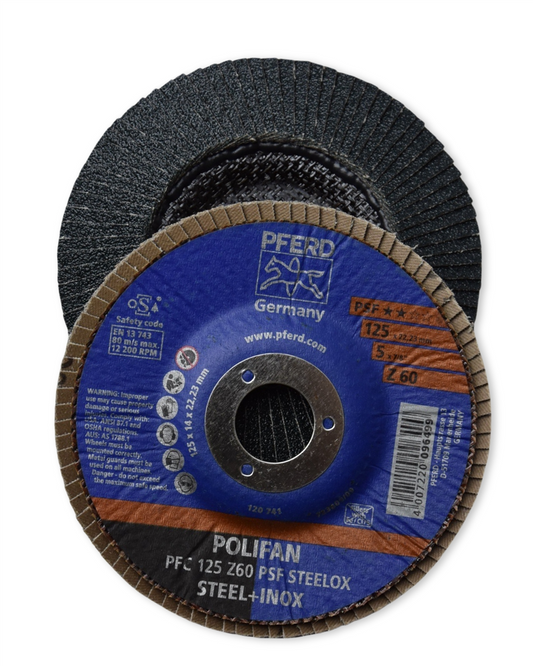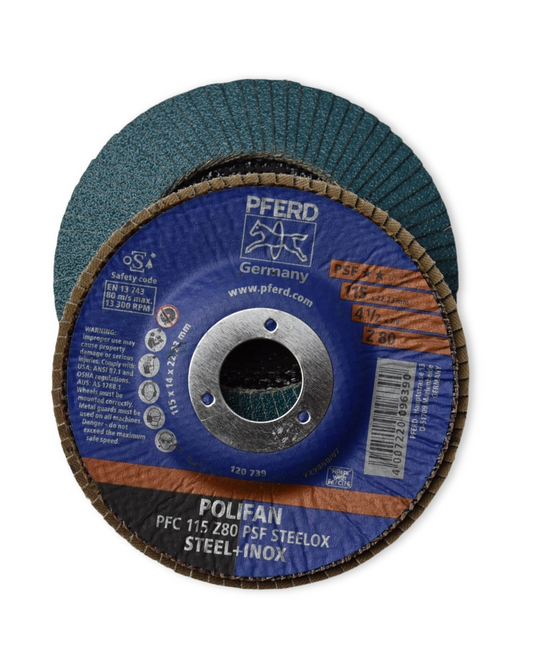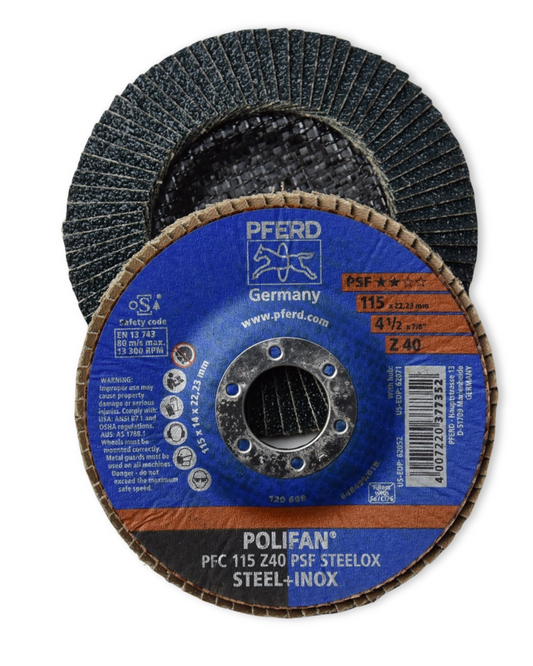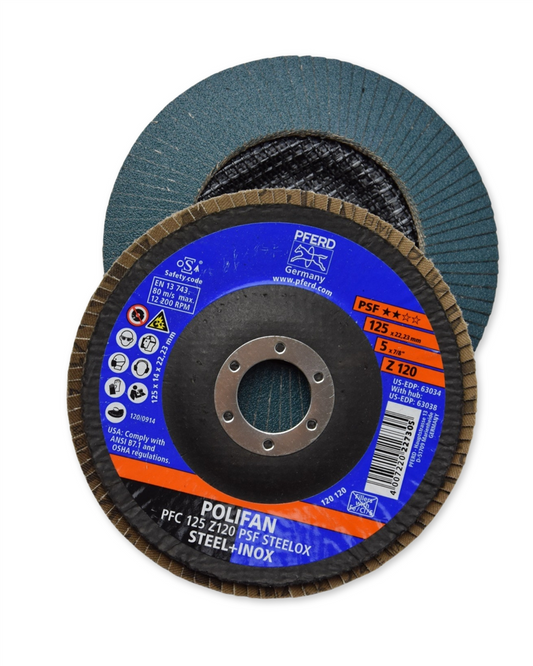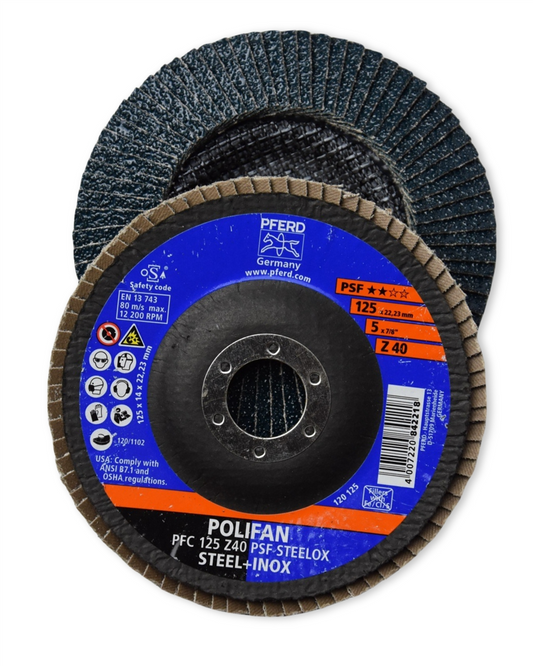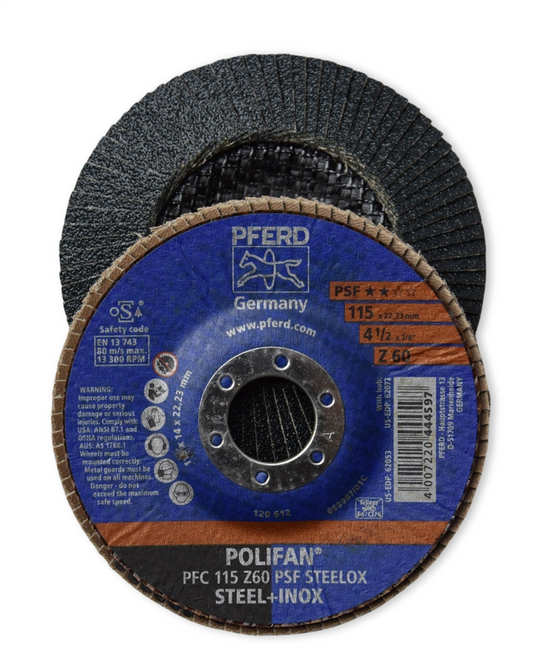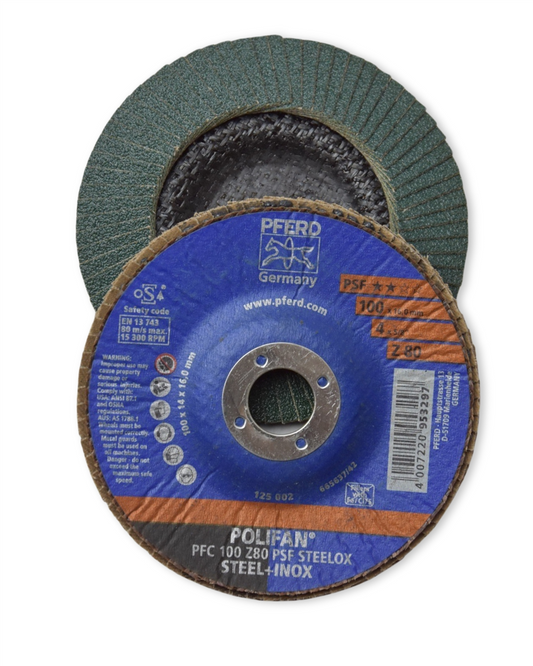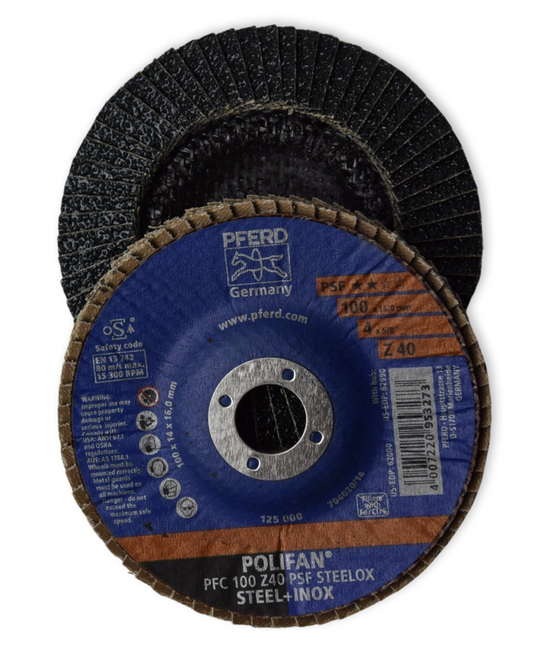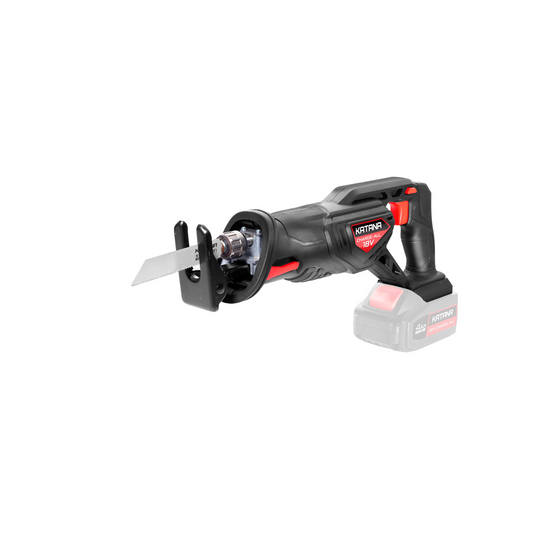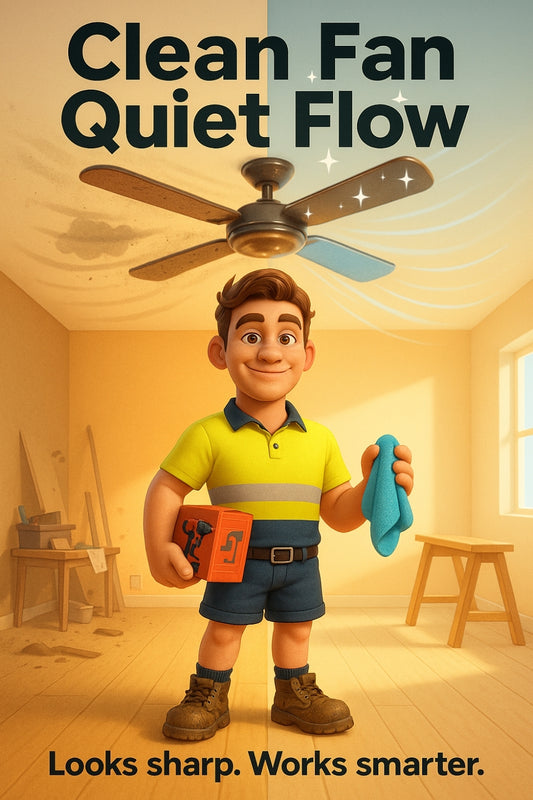Why Dust Masks Are a Must for Sanding and Cutting Timber
Share
Why Wearing a Dust Mask is Non-Negotiable When Sanding or Cutting Timber
There’s something satisfying about working with timber. The smell of fresh-cut wood, the smooth glide of sandpaper, the sight of a project coming to life—it’s pure magic. But there’s one thing that sneaks up on even the most seasoned DIYers: airborne dust. That fine powder might seem harmless, but trust me—it’s got a nasty side.
The Hidden Danger Lurking in the Air
Picture this: you’re sanding down an old tabletop, focused on getting the perfect finish. As the dust swirls around you, tiny particles are drifting straight into the air you breathe. Some of these wood particles can cause irritation, while others can lead to long-term respiratory issues.
Hardwoods, MDF, and treated timbers are the worst offenders. MDF, in particular, contains formaldehyde-based resins that release toxic dust when cut. Breathing that in? No thanks!
Short-Term vs Long-Term Effects
If you’ve ever finished sanding a piece of wood and found yourself sneezing like a lawnmower in a hayfield, you’ve already felt the short-term effects. Wood dust can cause:
- Eye and throat irritation
- Coughing or wheezing
- Blocked or runny nose
These might seem mild, but the real trouble starts when exposure becomes routine. Long-term inhalation has been linked to serious respiratory conditions, including asthma and even lung disease. Some hardwoods, like Australian Blackwood and Jarrah, have been known to trigger allergic reactions. So while timber craft is rewarding, protecting your lungs should always come first.
Choosing the Right Dust Mask for the Job
Not all dust masks are created equal. Those flimsy paper masks? Better than nothing, but not by much. If you’re serious about woodworking—or even just doing an occasional DIY project—you’ll want a mask that actually filters out those fine particles.
Here’s what to look for:
- P2 or N95 Rating: These filter out fine dust and airborne particles.
- Snug Fit: Air sneaking in around the edges means unfiltered dust is getting through.
- Comfort: If it's uncomfortable, you’re less likely to keep it on.
For those bigger projects involving MDF or treated timber, consider a respirator with replaceable filters. Your lungs will thank you.
Other Ways to Keep Dust Under Control
Dust masks are a must, but you can also minimise exposure by:
- Setting up a dust extraction system
- Working in a well-ventilated area
- Using a vacuum with a HEPA filter to clean up properly
- Wearing safety glasses to protect your eyes
Woodworking is meant to be enjoyable, not an exercise in lung endurance. A bit of safety prep before you start means you can breathe easy (literally) while working on your next masterpiece.
Stock Up and Stay Safe
If you’re lacking the right dust mask or need other safety gear, pop into Strathalbyn H Hardware. The team knows their stuff and can help you choose the right protection for your project. After all, your lungs deserve better than a cloud of timber dust.
Next time you pick up that sander or saw, make sure you’re geared up. Woodworking is great—but breathing well is even better. Stay safe and happy building!
Cheers,
Candeece

Stay Connected
Follow our Facebook Page: Strathalbyn H Hardware on Facebook


